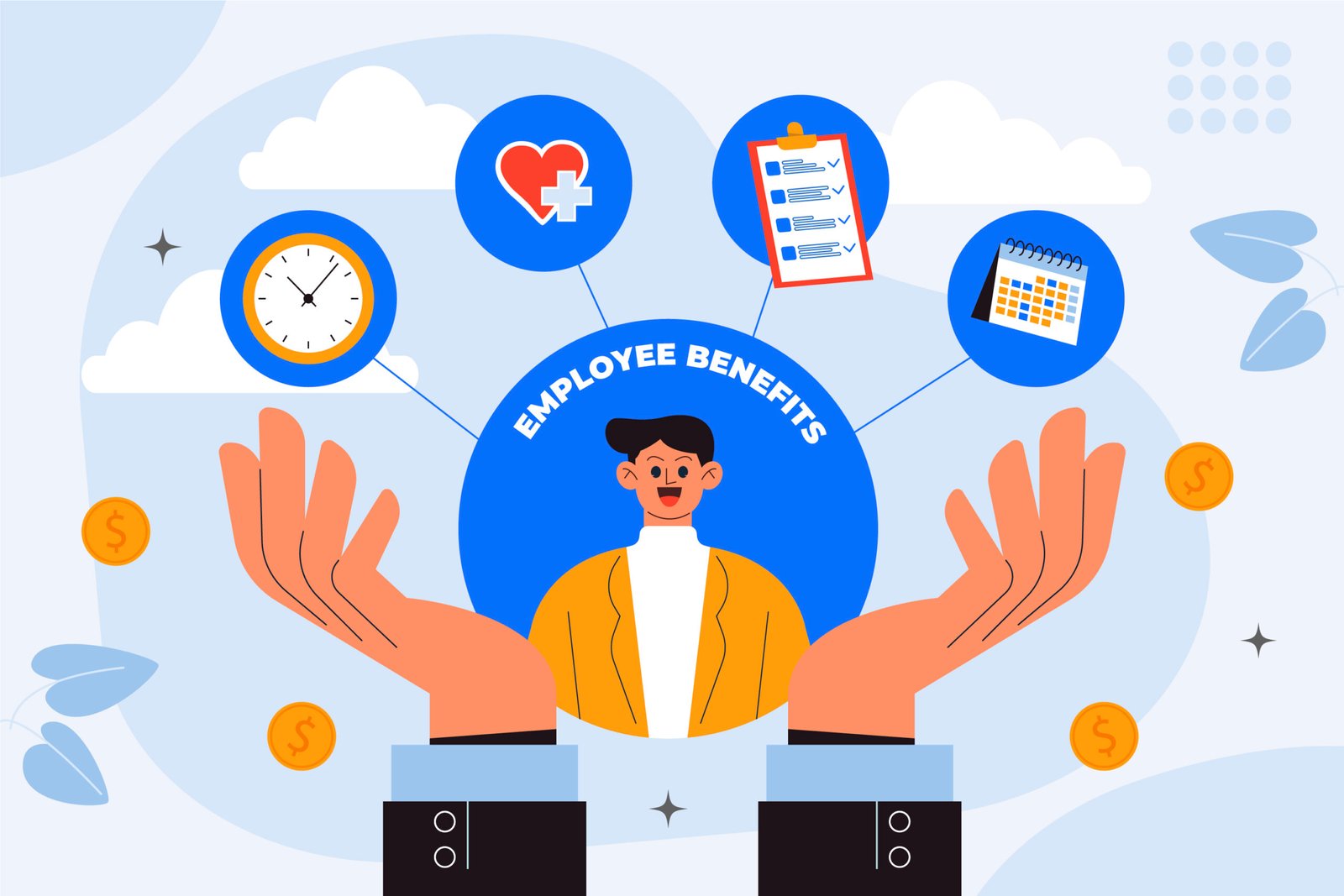Modernizing the public record is long overdue in many states, and Vermont is taking a forward-looking approach by exploring Vermont Tests Blockchain. The promise is simple yet powerful: a tamper-evident, shared ledger where deeds, mortgages, and liens are recorded in a way that’s easier to search, harder to forge, and simpler to audit. Instead of sifting through scanned PDFs or paper indexes, counties and municipalities could rely on a distributed ledger that keeps a cryptographic fingerprint of each record. That fingerprint proves the record hasn’t been altered since it was added—an instantly verifiable chain of custody for property data.
In this in-depth guide, we examine how a Vermont pilot might work, what it could mean for buyers, sellers, lenders, title companies, and local clerks, and how land record digitization on a blockchain compares to traditional databases. We’ll walk through the technology, governance, legal implications, and the long-term benefits and risks. The goal is to demystify blockchain land registries and show how this innovation might set a precedent for securely managing property records across the country.
Why Vermont Is Exploring Blockchain for Land Records
Vermont has a reputation for crafting pragmatic, tech-aware legislation and for encouraging innovation among its municipalities. Land records are a natural candidate for modernization because real estate transactions touch everyone—from first-time homebuyers to commercial developers. When a county maintains records in mixed formats across different offices, the result can be costly title searches, delayed closings, and occasional errors that cascade into disputes.
A blockchain provides a single source of truth accessible to authorized parties. Every time a deed is recorded, a cryptographic hash is added to the ledger. The hash serves as an incorruptible timestamp and a pointer to the document stored in a secure repository. Even if the underlying file is hosted in a standard content system, its integrity can be verified in seconds against the immutable ledger. Vermont’s test is not just about swapping databases; it’s about creating verifiable provenance for each recorded event in the life of a parcel.
How a Blockchain Land Record System Works
A blockchain-based land record system typically combines two layers. The first is the storage layer—where the full deed, mortgage, and release documents reside. The second is the ledger layer—where hashes, timestamps, and references are recorded. This split design balances performance, cost, and legal requirements, ensuring official documents remain accessible while the blockchain guarantees their integrity.
Hashing and Anchoring
When the county clerk receives a deed, the system generates a cryptographic hash—a unique fingerprint derived from the file’s exact content. The hash is then anchored to a blockchain. Any change to the document would alter the hash, making tampering immediately evident. Anchoring can occur on a public blockchain for maximum transparency, a permissioned blockchain for controlled access, or a hybrid approach that batches many county transactions and periodically anchors them to a public chain for extra security.
Permissioned vs. Public Ledgers
A permissioned ledger allows county officials, title insurers, and select partners to write entries while the public can view proofs. This model respects sensitive information and privacy regulations while offering auditability. A purely public ledger maximizes transparency but may require additional data protection steps to avoid exposing personally identifiable information. For most land record offices, permissioned networks with public proofs strike the best balance: controlled participation with public verifiability.
Smart Contracts for Workflows
Smart contracts can codify recording rules: validation of required fields, payment confirmation, notarization checks, and release sequences. For instance, a mortgage satisfaction could automatically trigger a smart contract that requires a release document to be posted within a specified time. These automated workflows help ensure compliance, reduce clerical errors, and create an auditable trail of who did what and when.
Benefits for Buyers, Sellers, and Title Professionals

Faster, More Reliable Title Searches
Title companies and attorneys spend hours reconciling parcel histories across deeds, mortgages, easements, and liens. With blockchain for land record modernization, that work becomes easier. Search tools can traverse the ledger’s time-ordered entries, retrieving a complete chain of title in seconds. A buyer’s attorney can verify that a deed’s hash matches its recorded version, giving immediate confidence in document integrity.
Reduced Fraud and Fewer Disputes
Property fraud—including deed impersonation— thrives when paper systems are fragmented. Blockchains offer tamper-evident histories that make it harder for forged documents to slip in unnoticed. A forged deed would fail a hash match. Over time, fewer recording challenges and fewer title defects translate into lower risk and potentially lower premiums for certain transactions.
Streamlined Closings and Lower Costs
In a blockchain-enabled ecosystem, title commitment generation, payoff verification, and escrow disbursements can be streamlined. Smart contracts can release funds only after all required documents are hashed and anchored, reducing closing-day surprises. For lenders, instantaneous validation of lien priority and recording timestamps reduces operational friction and accelerates post-closing workflows.
What This Means for County Clerks and Recorders
Maintaining Legal Authority
A blockchain does not replace the clerk’s statutory role; it strengthens it. County offices still accept, review, and record instruments, applying state rules about notarization and formatting. The ledger becomes a trust layer that underpins the office’s digital repository. The county remains the legal source of truth, while the blockchain enhances integrity and transparency.
Integrating With Existing Systems
Land records live in legacy databases, imaging systems, and microfilm archives. Vermont’s exploration aims to connect these systems rather than rip and replace them. The most realistic approach is an API bridge, enabling recording software to create hashes and write them to the ledger while preserving established archiving practices. This gradual modernization is critical to keep offices running smoothly during the transition.
Governance and Interoperability
Counties will need clear governance policies: who can write to the ledger, how nodes are hosted, how key management works, and how disaster recovery is handled. They will also need interoperability standards so that a deed recorded in one county can be read and verified in another. Using open schemas and standards-based metadata ensures the system remains portable, vendor-neutral, and future-proof.
Legal and Policy Considerations
Record Authenticity and Evidentiary Weight
Courts care about authenticity and chain of custody. A hash-on-chain combined with trusted timestamps and notarial seals can bolster the evidentiary status of a recorded document. If challenged, the county can reproduce the document and demonstrate that its cryptographic hash corresponds to an immutable ledger entry made at a specific time. This is a powerful form of digital notarization.
Privacy and Redaction
Land records often contain personally identifiable information. Vermont’s test must specify how to handle redactions, how to manage access to sensitive fields, and how to implement role-based permissions. The best practice is to store sensitive content off-chain and never commit unredacted personal data to an immutable ledger. Instead, the chain references content-addressable storage with strict access controls.
Retention, Export, and Vendor Neutrality
Public records require long-term retention. A robust design includes export paths that allow a county to move its data and proofs if it changes vendors or platforms. The ledger should support open standards, and nodes can be hosted by multiple independent stakeholders—counties, state agencies, or trusted non-profits—to avoid single points of failure or vendor lock-in.
Technology Architecture for Vermont’s Pilot
Hybrid Storage and Proofs
In practice, a Vermont pilot will likely keep full documents in a state-managed repository—whether on-premises or in a compliant cloud—and store only hashes and minimal metadata on the blockchain. The system can batch daily recordings, producing a Merkle root that summarizes all entries for that day. Anchoring that root to a blockchain dramatically reduces costs while preserving tamper-evidence for each individual document.
Identity, Keys, and Audit Trails
Every recording action should be cryptographically signed by a clerk or system identity, creating a non-repudiable log. Access to administrative functions requires multi-factor authentication and potentially hardware security modules (HSMs) for key storage. Detailed audit logs—linked to ledger entries—let auditors reconstruct the full timeline of a recording event.
Resilience and Business Continuity
A permissioned blockchain with multiple validating nodes across agencies ensures resilience. If one node goes down, others continue operations. Nightly snapshots and cross-site replication protect the system against data loss. Because the ledger is replicated by design, it offers built-in redundancy that outshines single-database architectures.
Economic and Operational Impacts
Cost of Implementation
While there are upfront costs—software, integration, training—the long-term picture includes lower document handling costs, fewer errors, and reduced dispute resolution overhead. Counties can recoup investments through efficiency gains, and—if allowed by policy—through value-added services like automated attestations, API access for title firms, and self-service verifications for the public.
Training and Change Management
Adoption hinges on user training. Clerks, recorders, and staff need to understand why hashing matters, how to verify a record, and how to troubleshoot discrepancies. Title professionals and attorneys need clear guidance on verification procedures and on how blockchain receipts fit into closing packages. Public information campaigns should explain that a blockchain-enabled system preserves the same legal protections while improving security and speed.
Measuring Success
A sensible pilot will define metrics from the start: average recording time, error rates, search performance, title clearing time, and the number of fraudulent or suspect filings detected by automated checks. Transparent reporting encourages feedback, builds trust, and informs whether and how to scale.
Addressing Common Misconceptions
“Blockchain Means Cryptocurrency”
The ledger underpinning land record modernization does not need a token or cryptocurrency to function. Counties can operate a tokenless, permissioned network that simply records document proofs. The focus is integrity and data governance, not speculation.
“Everything Must Be On-Chain”
Putting full documents on-chain is neither necessary nor advisable. Storing hashes and metadata achieves immutability while preserving privacy and storage flexibility. Off-chain repositories remain the primary store of record, with the blockchain providing verification.
“Immutability Blocks Corrections”
Public records sometimes require corrections. Blockchains handle this by appending a new entry that supersedes the prior record. The ledger keeps the history, but user interfaces display the current authoritative version, with a clear, auditable trail.
How Vermont’s Approach Could Influence Other States
If Vermont demonstrates that blockchain for land records improves trust and efficiency, it may provide a blueprint for other jurisdictions. States vary in statutes, recording standards, and technology baselines, but the core elements—document hashing, permissioned nodes, open APIs, and strong governance—are broadly applicable. Regional coalitions could share infrastructure, lowering costs and spreading best practices.
Interstate Interoperability
Real estate markets often cross county and state lines. Interoperable schemas make it possible to verify a chain of title from a neighboring county without re-keying data. Over time, standardized property identifiers, consistent metadata, and shared validation rules could knit together a trustworthy fabric of land records from town to state to region.
A Roadmap for Responsible Adoption
Start Small, Prove Value
Successful pilots focus on a defined subset: for example, warranty deeds and mortgage releases. Proving value with a limited scope helps build buy-in before tackling easements, plats, and complex condominium declarations. Each expansion adds new document types and workflow rules, gradually replacing manual checks with automated validations.
Build Public-Private Partnerships
Title companies, lenders, and law firms are essential stakeholders. Their daily work depends on reliable recorded instruments. Engaging them early yields realistic requirements, ensures the pilot supports closing practices, and creates champions who can help scale the system.
Codify Standards and Publish APIs
To avoid vendor lock-in, Vermont should publish open APIs, data dictionaries, and reference implementations. Counties that adopt these standards can procure competitively and still connect seamlessly to the statewide ledger. The more transparent the architecture, the easier it is for innovators to build search tools, analytics, and citizen portals on top.
Also Read: Blockchain Technology A Practical Guide for 2025
The Long-Term Vision: A Trusted, Searchable Registry

Imagine a future where property transfers are verified in real time, where encumbrances are flagged before a closing packet is assembled, and where historical land records are searchable by parcel ID, grantor-grantee, or geospatial footprint. A blockchain-backed registry makes this plausible without compromising legal authority or privacy. It doesn’t change the fundamentals of property law; it supports them with clearer evidence and stronger data lineage.
Beyond Recording: Geospatial and Tax Integration
With open standards, the ledger can link to GIS layers, assessor data, and permit histories, giving a unified view of each parcel’s lifecycle. A buyer could verify setbacks, zoning changes, and prior permits alongside deeds and mortgages—all with cryptographic assurance that the underlying records are authentic and untampered.
Potential Risks and How to Mitigate Them
Governance Drift
Without firm rules, responsibility can blur. Vermont’s pilot should define node roles, change management, and incident response. An oversight committee representing counties, the state, and industry stakeholders can review protocol updates and security incidents.
Key Compromise and Operational Security
If signing keys are mishandled, trust erodes. Hardware-backed keys, role-based access control, rotation policies, and dual control procedures reduce the chance of compromise. Regular third-party audits and penetration testing keep operations sharp.
Overpromising and Under-Delivering
Blockchain can’t fix every record-keeping issue. It won’t digitize handwritten plats overnight or harmonize decades-old indexing quirks by itself. A realistic plan prioritizes data cleanup, document normalization, and user education alongside ledger deployment. Clarity about what the technology does—and doesn’t—do preserves credibility.
What Success Looks Like
A successful Vermont pilot would deliver faster recordings, fewer disputes, and self-service verification that anyone can perform with a document and its blockchain receipt. Title professionals would confirm chain-of-title elements more quickly, while citizens could independently verify that a recorded deed is the same one the county accepted. Over time, analytics derived from the ledger—such as trends in transfers or encumbrances—could inform policy decisions and economic development planning.
Replicability and Scale
If the pilot proves out, a template deployment can help other counties adopt the system quickly. State-level governance, shared infrastructure, and federated nodes reduce costs and keep performance high. Training curricula, public demos, and open-source tools would further accelerate adoption.
Conclusion
Vermont’s test of Vermont Tests Blockchain isn’t a flashy experiment; it’s a careful, incremental upgrade to one of the most essential public registries. By anchoring document integrity on an immutable ledger, the state can deliver faster searches,
Lower fraud risk, and stronger legal defensibility—without discarding the clerk’s authority or the public’s right to access records. If implemented with open standards, robust governance, and respect for privacy, Vermont’s approach could become a national model for reliable, transparent, and efficient property recording in the digital age.
FAQs
Does a blockchain land record mean my deed lives on a public chain?
Not necessarily. Most implementations keep the full deed in a secure repository and place only a cryptographic hash and metadata on the blockchain. This preserves privacy while ensuring tamper-evidence.
Will blockchain remove the need for title insurance?
No. While tamper-evident records reduce certain risks, title insurance covers a broader set of defects, including historical issues, boundary questions, and errors outside the recording process. Over time, some risk components may shrink, but coverage remains valuable.
How would a county fix a mistake on an immutable ledger?
Corrections are handled by superseding entries. The updated record is posted with a new hash that points to the corrected document, while the ledger preserves a transparent history for auditability.
Is cryptocurrency required to run the land record blockchain?
No. A permissioned, tokenless network operated by trusted institutions can anchor document proofs without any cryptocurrency exposure. The objective is data integrity, not token economics.
What kind of timeline should Vermont expect for a pilot?
A prudent pilot phases in core document types, integrates with existing systems via APIs, and trains staff and stakeholders. The precise timeline depends on scope and resources, but success hinges on incremental rollout, clear metrics, and continuous feedback.

